 Recently I have been working on a small research paper about the history of Victory Gardens in the US during World War II. As an advocate of edible urban gardening, be that cultivating a grass-less yard to beekeeping to urban chickens, Victory Gardens mark an interesting time in our history where I feel my advocacy is originally rooted. Without going into too much heavy history here, I’ll give a quick recap.
Recently I have been working on a small research paper about the history of Victory Gardens in the US during World War II. As an advocate of edible urban gardening, be that cultivating a grass-less yard to beekeeping to urban chickens, Victory Gardens mark an interesting time in our history where I feel my advocacy is originally rooted. Without going into too much heavy history here, I’ll give a quick recap.
Victory Gardens in the US actually began during World War I, around 1917. They were not a huge part of the war effort, as they were started more as a consumer panic that food rationing might begin. Food rationing did not really begin until World War II, which is when Victory Gardens became prolific in the US. At various times, food items like meat, sugar and eventually canned vegetables were rationed. To help families cope with these limitations, and encourage families to consume less in general so provisions were plentiful for the troops and US allies, the US Department of Agriculture began to promote Victory Gardens.
In addition to tons of propaganda, they issued handbooks teaching the novice city-dweller how to grow seeds, plan a garden, fertilize, etc. I had the privilege of actually reviewing the original 1943 pamphlet called “Victory Garden: Leader’s Handbook”, issued by the US Department of Agriculture. It was exciting to flip through those weathered yellow pages that marked a time in our country’s history where we came together for a greater good. And it made me ponder what could possibly motivate the masses now to pick up the spade, overturn our lawns, and help bring good food back to our tables.
Inside the booklet was a chart you could use to measure how much food you needed to grow for your family. Our diet has changed a lot over the last 66 years, but I copied down all of the detail to re-post here in an Excel format. I see my annual vegetables garden as a modern day Victory Garden. So what did they grow back then? (click on image for larger view)
For those interested, you can download my Excel file here:
I’m planning on mapping out what we would need to grow based on this chart in our home garden. Based on changes in diet over the years, I will tweak it from there. The next step will be organizing those seed swapping parties!

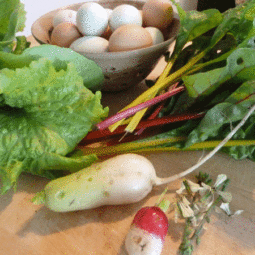


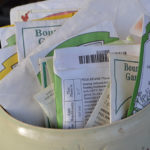
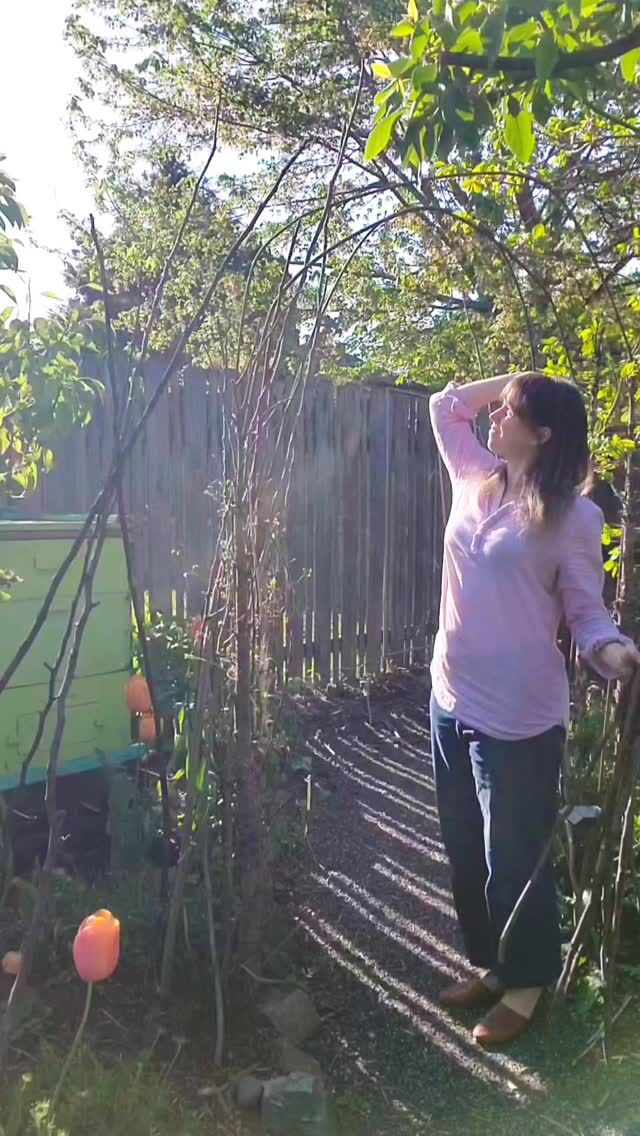
 I start with a
I start with a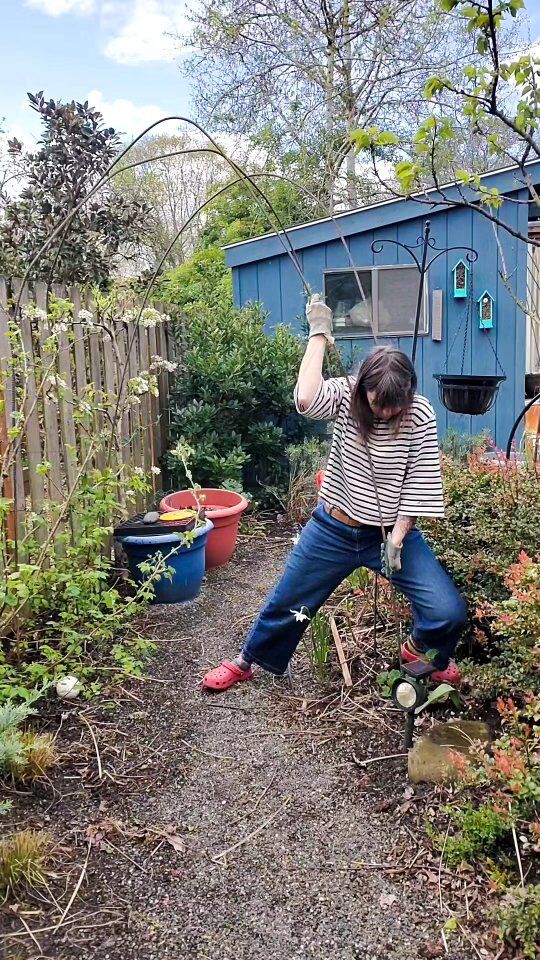
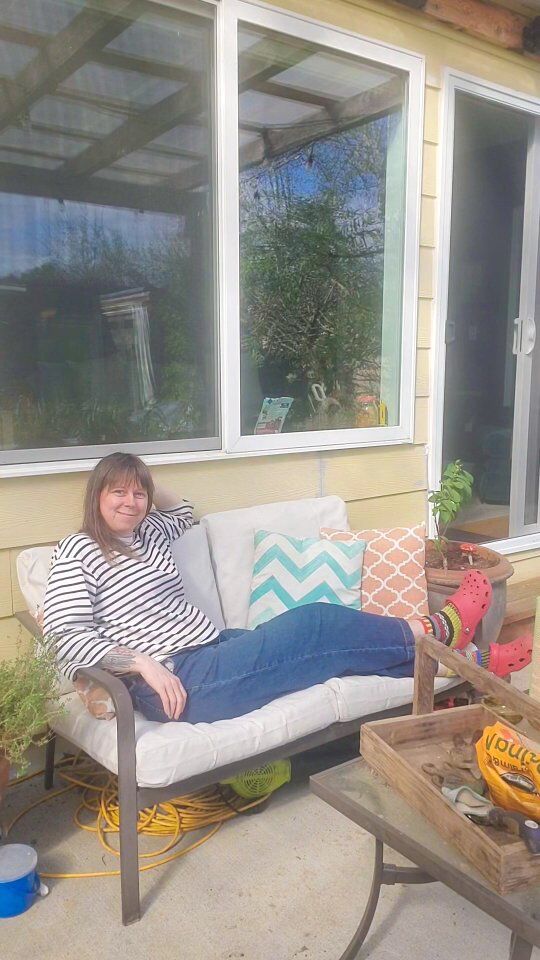
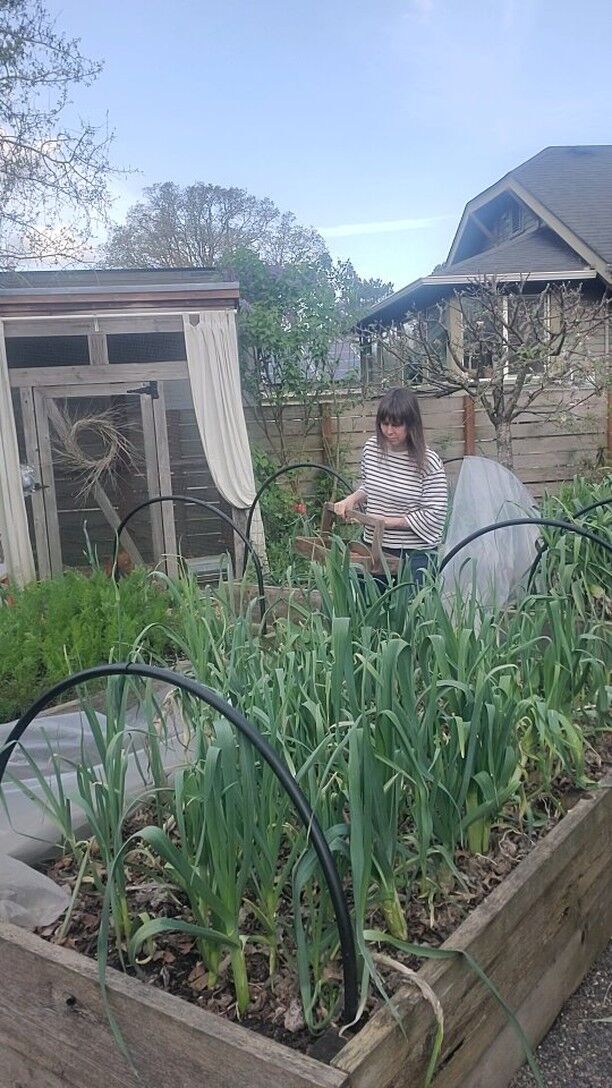
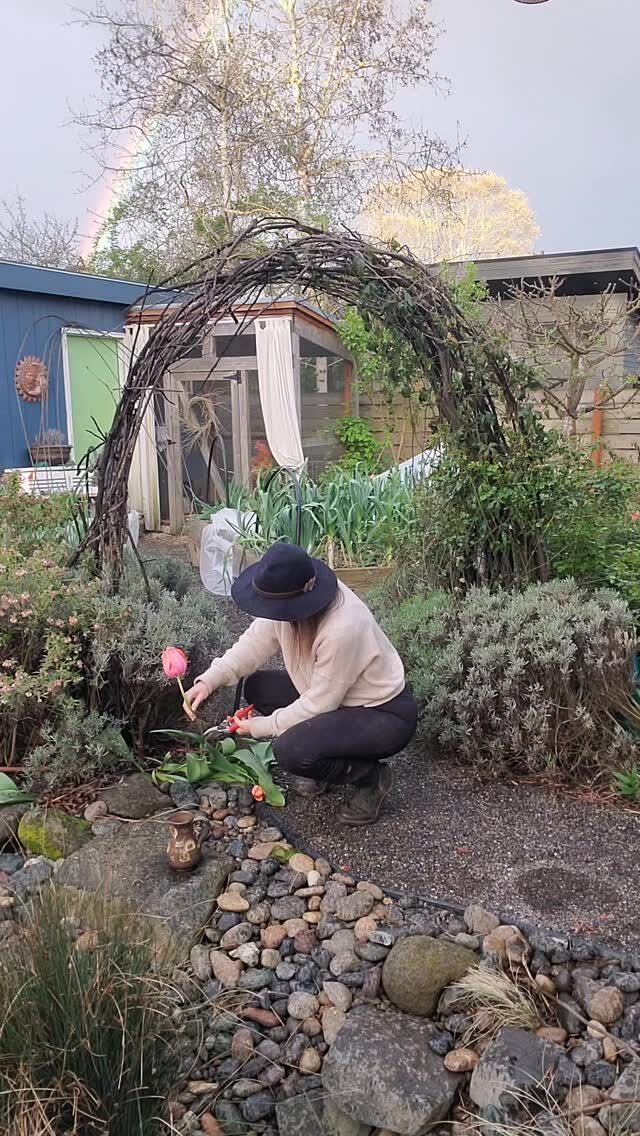
 There's a go
There's a go
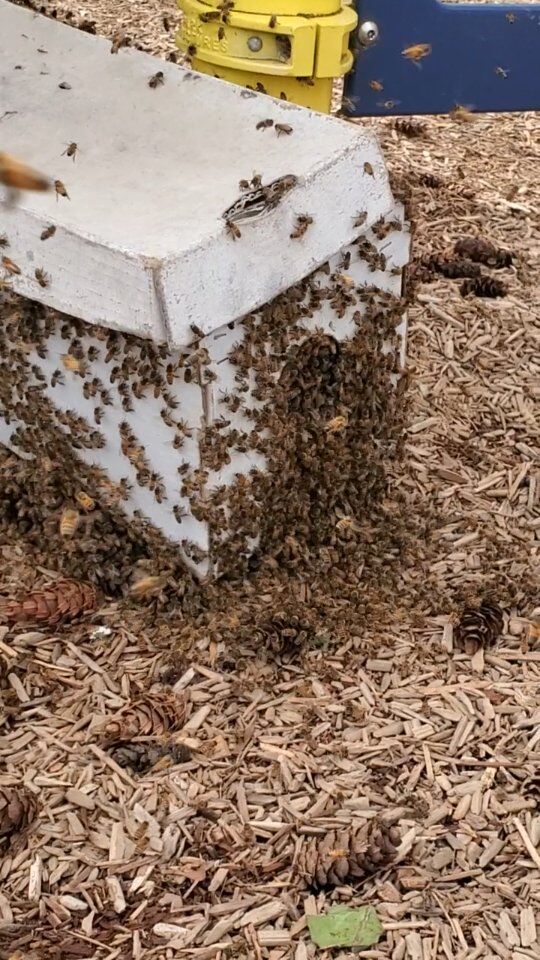

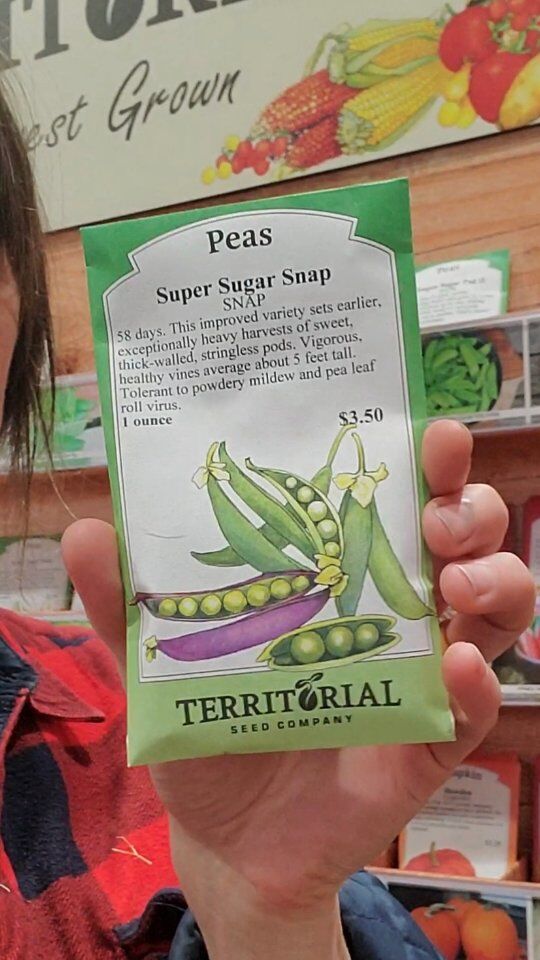
wow, 25 tomato plants and two pounds of peas planted for each person? I’m tired just thinking of all that preserving!
Very interesting and shows me just how far I am from significant food-growing.
Very interesting. Ruth and I were just talking today about our garden and she just posted about encouraging the Obamas to start one at the white house.
I am very interested in what you are thinking about. Is your paper available for reading? I would love to read it!
here is a link for Ruth’s recent post about the Victory Garden:
http://ruthie822.blogspot.com/2009/01/white-house-victory-garden.html
I’m also trying to encourage others to grow their own food. It really is a great deal of fun along with rewarding.
Of course, if one does not have the space to grow all of their food, I would suggest they search out local farms.
cool blog…my family has had a similar experience this last year…much more garden, much less grass, adding a few chickens.
one of the things we are thinking about for this spring is to plant two large beds in our front yard near the sidewalk. lots of good south facing sun there being wasted on some bushes and grass.
we are hoping neighbors walking by will help themselves to the veggies and that it will spur more conversation about growing your own
What a good idea! I take the same approach with my front yard – it’s an edible community garden for the neighbor kids. Or will be when everything grows in. Teaches them about yummy, healthy food and the joys of growing it.
on a more general note…are all the plants on your sidebar still growing? the chilly air and snow around the holidays wiped us out.
we also want to add some fruit trees this year…thinking asian pears…then also kiwis and grapes.
who did you get yours from, and what’s been doing well for you?
The greens all died during the snow, but the leeks and many herbs made it through. Pretty soon I’ll update that sidebar along with my inside seeds.
I bought a lot of my trees/shrubs from One Green World and haven’t lost anything. In general, they are all doing well. I think that has a lot to do with early transplanting, so they are established before the dry months.
Best of luck!
excel sheet doesnt seem to open for the victory garden planner, cheers
Sorry it’s not working for you Budda. I am using MS Excel 2003 and it opens for me, with the file ending in .xls but hopefully the bmp image above will work for your needs instead.
Interesting and helpful! Did you ever publish your paper on the history of the Victory Garden? I would love to read or know where I can find more resources on this topic. I am a secondary ed teacher who is working to promote ecoliteracy and community gardening in our school. This sounds like an excellent topic to get a little outdoors into our history courses!
Interesting and helpful! I am a secondary ed teacher who is working to promote ecoliteracy and community gardening in our school. This sounds like an excellent topic to get a little outdoors into our history courses! Suggestions for resources or activities surrouding the Victory Garden movement?